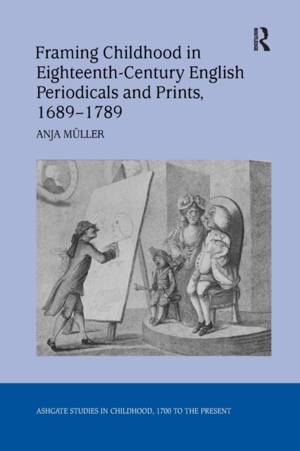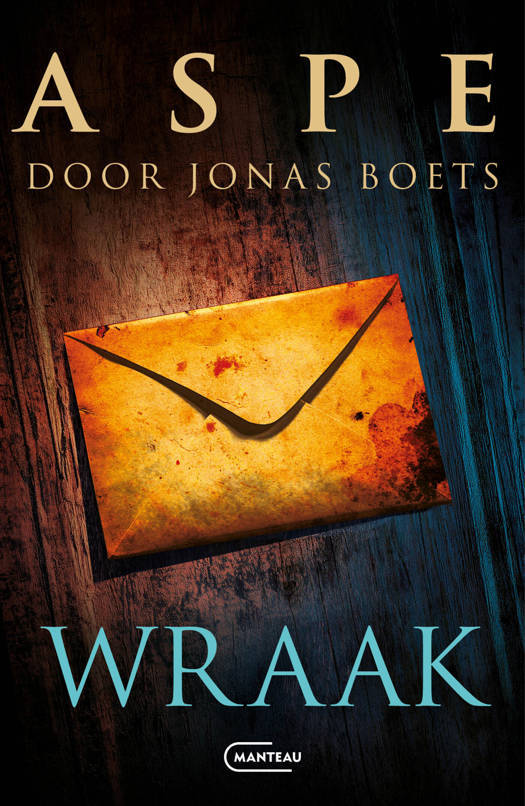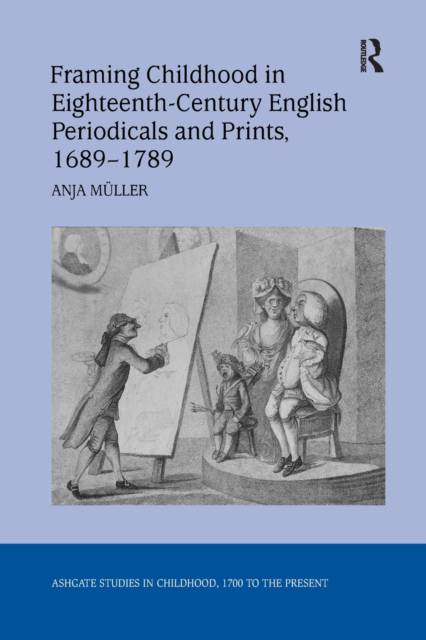
- Afhalen na 1 uur in een winkel met voorraad
- Gratis thuislevering in België vanaf € 30
- Ruim aanbod met 7 miljoen producten
- Afhalen na 1 uur in een winkel met voorraad
- Gratis thuislevering in België vanaf € 30
- Ruim aanbod met 7 miljoen producten
Zoeken
Framing Childhood in Eighteenth-Century English Periodicals and Prints, 1689 1789
Anja Müller
€ 114,45
+ 228 punten
Omschrijving
Shedding light on an important and neglected topic in childhood studies, Anja MÃ1/4ller interrogates how different concepts of childhood proliferated and were construed in several important eighteenth-century periodicals and satirical prints. MÃ1/4ller focuses on The Tatler, The Spectator, The Guardian, The Female Tatler, and The Female Spectator, arguing that these periodicals contributed significantly to the construction, development, and popularization of childhood concepts that provided the basis for later ideas such as the 'Romantic child'. Informed by the theoretical concept of 'framing', by which certain concepts of childhood are accepted as legitimate while others are excluded, Framing Childhood analyses the textual and graphic constructions of the child's body, educational debates, how the shift from genealogical to affective bonding affected conceptions of parent-child relations, and how prints employed child figures as focalizers in their representations of public scenes. In examining links between text and image, MÃ1/4ller uncovers the role these media played in the genealogy of childhood before the 1790s, offering a re-visioning of the myth that situates the origin of childhood in late eighteenth-century England.
Specificaties
Betrokkenen
- Auteur(s):
- Uitgeverij:
Inhoud
- Aantal bladzijden:
- 276
- Taal:
- Engels
- Reeks:
Eigenschappen
- Productcode (EAN):
- 9781138265790
- Verschijningsdatum:
- 11/11/2016
- Uitvoering:
- Paperback
- Formaat:
- Trade paperback (VS)
- Afmetingen:
- 156 mm x 234 mm
- Gewicht:
- 390 g

Alleen bij Standaard Boekhandel
+ 228 punten op je klantenkaart van Standaard Boekhandel
Beoordelingen
We publiceren alleen reviews die voldoen aan de voorwaarden voor reviews. Bekijk onze voorwaarden voor reviews.











